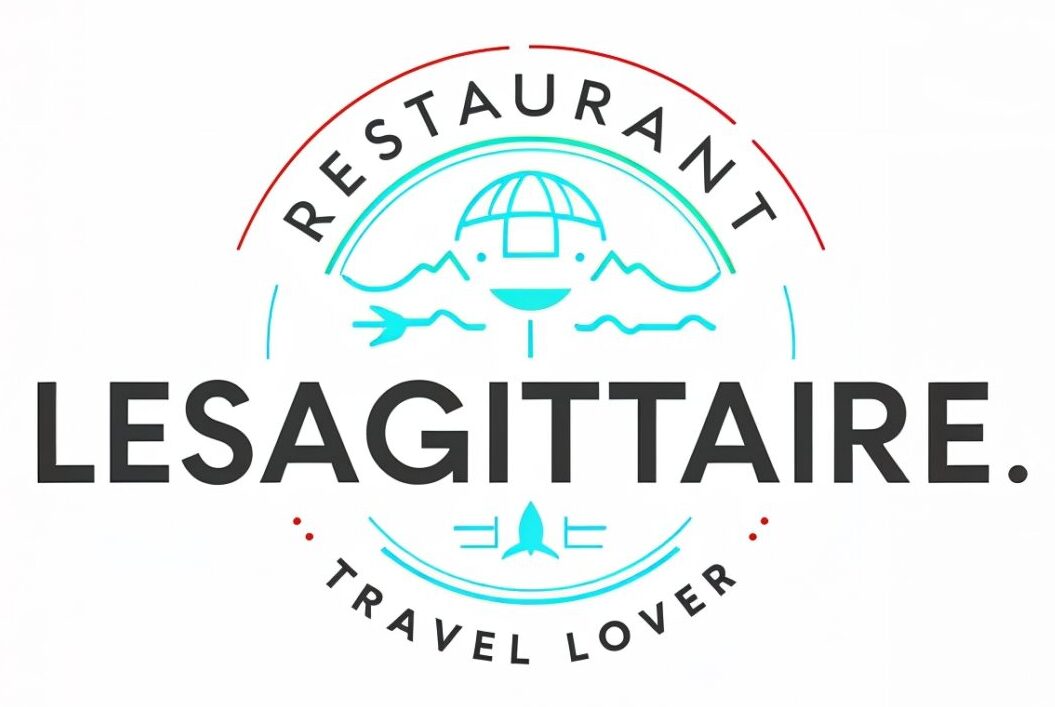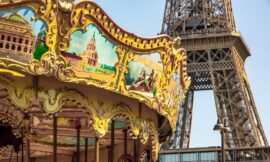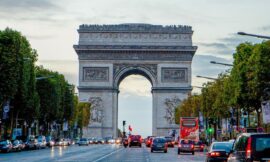Table of Contents
Introduction to Paris – The City of Light
A Timeless Destination
Paris is more than just a city—it’s a living, breathing art piece. Cobblestone streets lead to charming cafés, the Eiffel Tower glimmers in the evening light, and the air seems to hum with a romance you can’t quite explain. But if you’re wondering when’s the best time to experience all that magic, you’re not alone.
From spring blooms to snowy rooftops, Paris has something unique to offer every season. Your ideal time to visit depends on what kind of experience you’re chasing. Are you hoping for cozy cafés in the winter or sun-drenched picnics by the Seine?
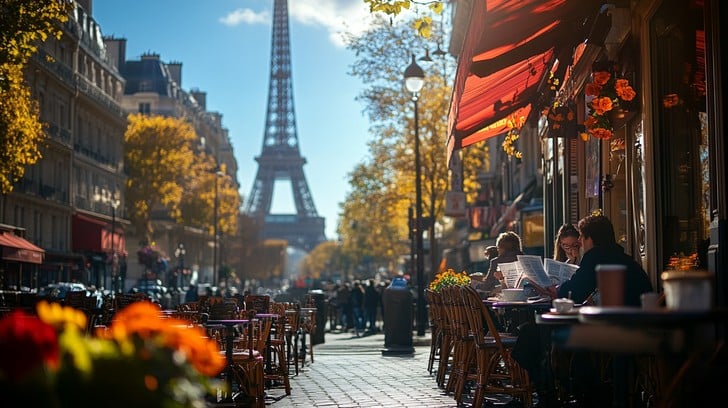
What Makes Paris a Year-Round Attraction
The beauty of Paris lies in its versatility. Unlike some destinations that only shine in the summer, Paris adapts its charm with the seasons. It becomes a painter’s palette in spring, a festival hub in summer, a romantic poem in autumn, and a fairy-tale snow globe in winter. Whether you’re a first-timer or a seasoned visitor, Paris never offers the same experience twice.
Every season alters not just the atmosphere, but the pricing, crowds, and even the type of activities available. From fashion weeks to food festivals, quiet walks along the Seine to bustling markets, Paris knows how to wear every weather like a new outfit—and it always looks good doing it.
Understanding Paris Through the Seasons
Spring in Paris (March to May)
Weather Overview
Paris in spring feels like waking up from a dream into a prettier one. The weather begins to warm up, with average temperatures ranging from 10°C to 17°C (50°F to 63°F). The days get longer, the skies turn bluer, and flowers bloom in every park and garden.
Expect light showers, so an umbrella or waterproof jacket is your best friend. But don’t let that scare you—the occasional drizzle only adds to Paris’s poetic charm.
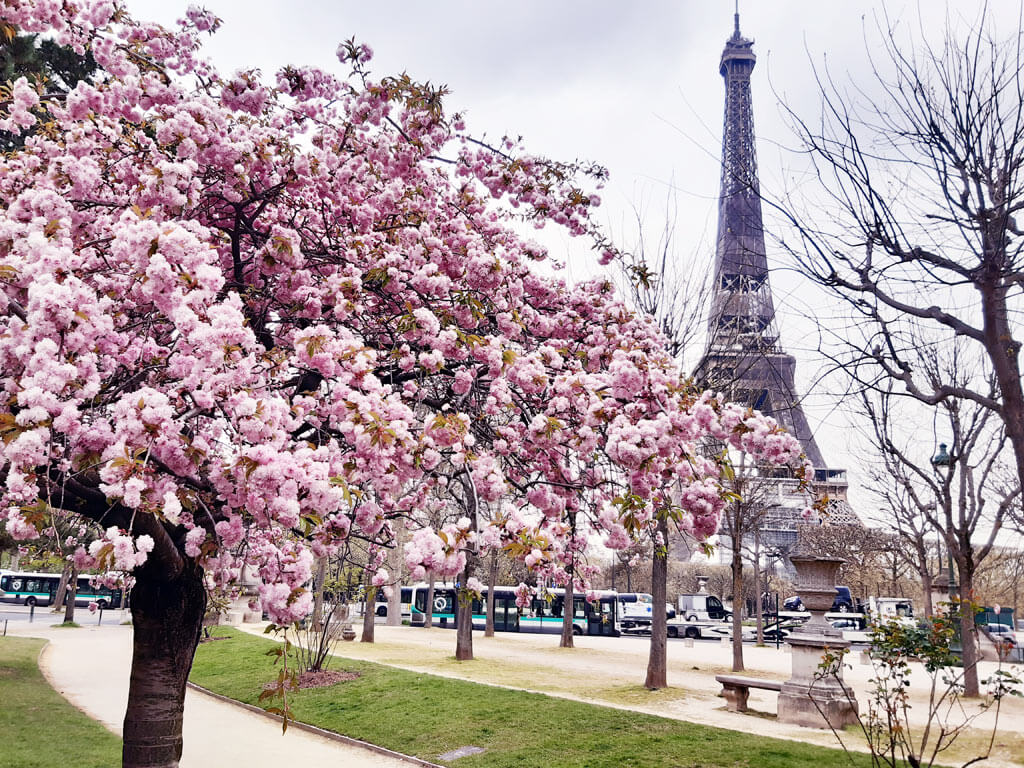
Events & Festivals
Spring welcomes a wave of events. May Day (Fête du Travail) is celebrated with festivals and flower markets. In April, Paris celebrates Easter with delicious chocolate displays in every patisserie. Don’t miss the Foire de Paris, one of the city’s largest fairs for culture, innovation, and cuisine.
Museums and galleries begin hosting seasonal exhibits. The parks—especially Jardin du Luxembourg and Parc des Buttes-Chaumont—are ideal for lazy afternoon strolls or a good book under blooming trees.
Tourist Footfall and Pricing
Spring is the shoulder season, which means it’s not as crowded as summer but still lively. Flights and accommodation are moderately priced, making it a sweet spot for travelers who want value and atmosphere. Book a few months in advance, especially if you’re planning to visit during Easter or May holidays.
Spring is ideal for photography lovers, romantic getaways, and cultural explorers. If you enjoy a good blend of good weather, fewer tourists, and scenic beauty, this is your golden window.
Summer in Paris (June to August)
Parisian Sunshine and Activities
Ah, summer in Paris—the city buzzes with life like a violinist playing on a Metro platform. Temperatures climb to a comfortable 20°C to 26°C (68°F to 79°F), though heatwaves can occasionally push them higher.
Locals head to the riverside or set up picnics under shady trees, and the city turns into an outdoor theater of joy. Boat cruises on the Seine, rooftop bars, and street performers become the norm. The whole city feels like a celebration.
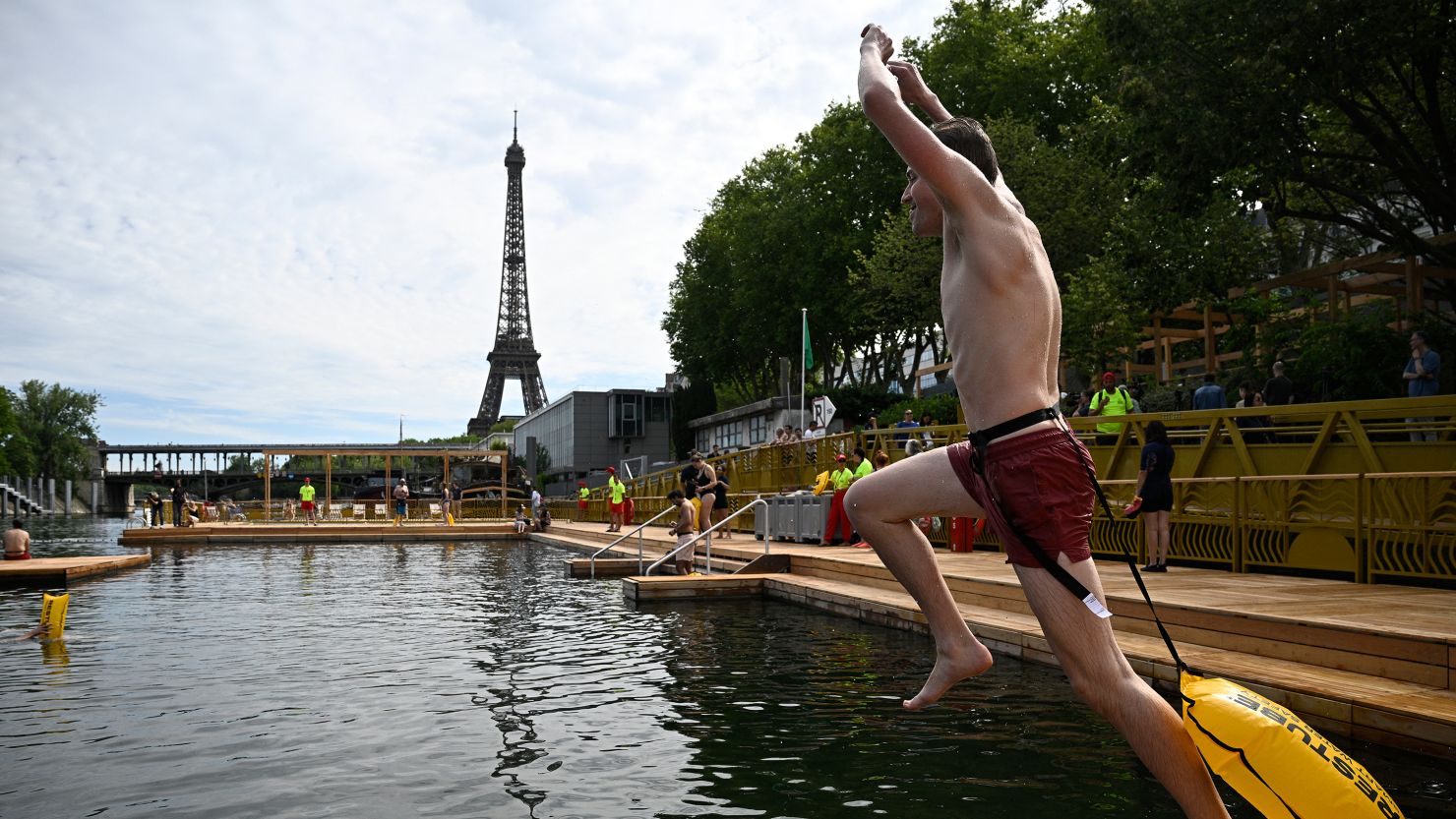
Major Events
Summer is the season of festivals. Paris Jazz Festival, Paris l’été (a cultural fest), and Cinéma en Plein Air (outdoor cinema) transform public spaces into buzzing hubs of entertainment. And let’s not forget Bastille Day on July 14th—a national holiday complete with fireworks, parades, and parties.
If you’re a fan of art, the summer exhibitions at Musée d’Orsay and Centre Pompidou are a must. And yes, the fashion scene is alive with Paris Fashion Week events and pop-up designer shows.
Crowds and Costs
Here’s the downside—summer is peak tourist season. Hotels fill up fast, prices shoot up, and attractions like the Louvre or Eiffel Tower see long queues. It’s a trade-off: vibrant energy vs. high prices and larger crowds.
If you don’t mind the buzz and are ready to splurge, summer is electric. Just make sure to book well in advance and start your days early to beat the lines.
Autumn in Paris (September to November)
Changing Colors and Romance
There’s a special kind of magic in Paris during autumn. The air turns crisp, leaves paint the city in hues of gold and red, and there’s a noticeable hush compared to the summer. It’s like Paris is slowly slipping into a warm, cozy sweater.
Temperatures range between 11°C and 19°C (52°F to 66°F). The lighting is perfect for photographers, and romantic walks along the Seine take on an even dreamier feel.
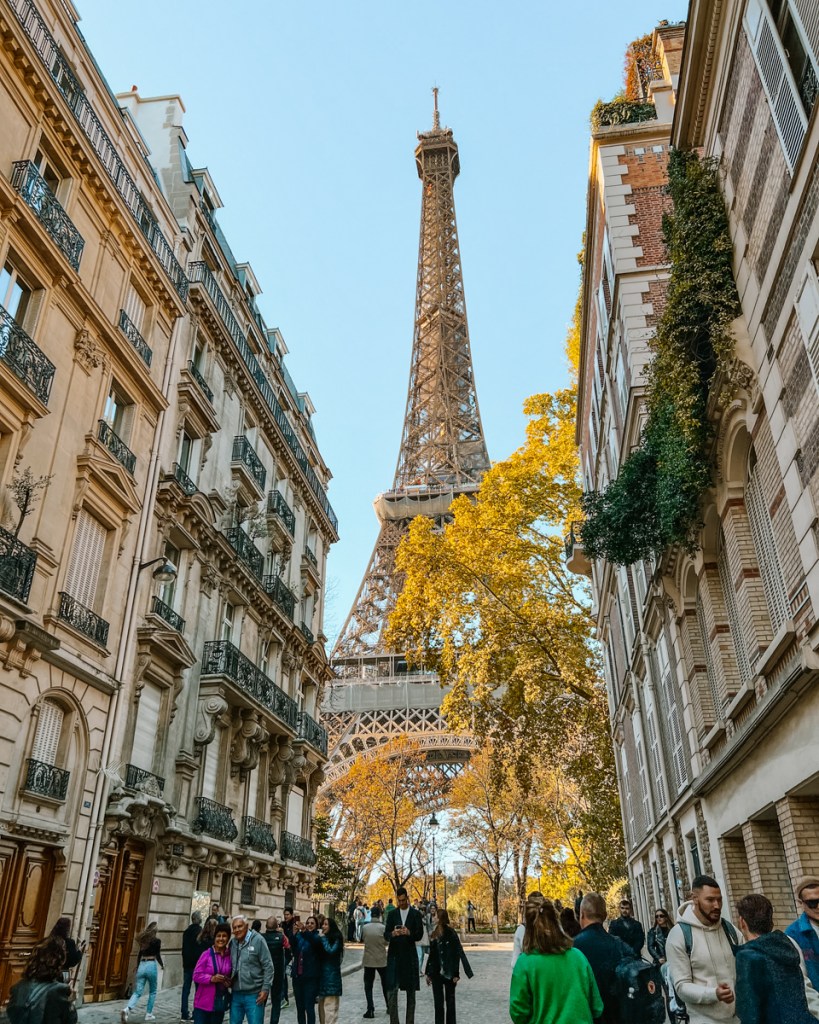
Cultural Attractions
Museums and theaters begin their new seasons, offering fresh exhibitions and performances. It’s a great time to explore places like the Louvre or Musée Rodin without the overwhelming summer crowds.
Café culture flourishes as locals settle into their favorite spots with coffee and croissants. The food scene takes a seasonal turn too—with mushrooms, chestnuts, and rich wines taking center stage on menus.
Budget Travel Opportunities
Autumn is another shoulder season, meaning better deals on hotels and flights, especially in late September and early November. You get the benefits of mild weather and fewer tourists, making it an ideal time for budget-conscious travelers who still want the full Parisian experience.
This is the season for lovers, creatives, and anyone looking to slow down and really feel the rhythm of the city.
Winter in Paris (December to February)
Holiday Magic
Paris in winter is nothing short of a fairy tale. With Christmas lights strung across boulevards, festive markets in nearly every arrondissement, and the Eiffel Tower shimmering like a snowflake, it’s a scene right out of a holiday movie.
Temperatures can drop to 3°C to 7°C (37°F to 45°F), and though snow is rare, it adds an undeniable magic when it does fall.
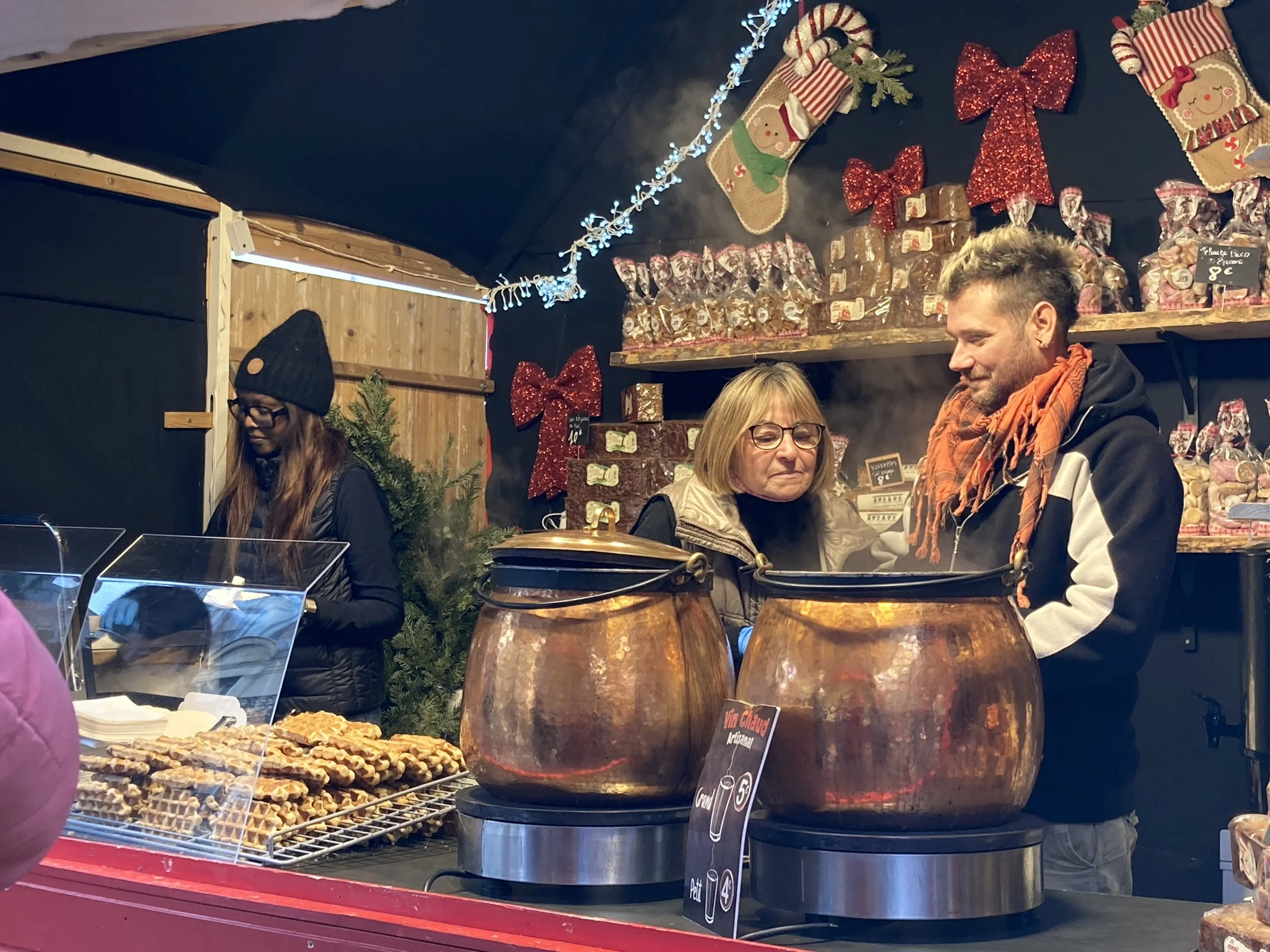
Low Tourist Season Perks
If you’re someone who prefers quiet museums, empty cobbled streets, and cozy corners in cafés, winter is your best friend. Flights and hotels are usually cheaper (except for the holiday weeks), and lines at major attractions are significantly shorter.
You also get the joy of exploring Paris with the locals, as many tourists tend to skip winter in favor of warmer destinations.
Weather Challenges
Of course, winter isn’t for everyone. It gets cold, wet, and sometimes windy. Some attractions might reduce hours, and daylight is shorter. But if you’re well-prepared and don’t mind bundling up, winter offers a truly unique and intimate Paris experience.
Monthly Breakdown: What to Expect
January to March
Visiting Paris in the first quarter of the year can be a surprisingly delightful experience—especially for those who prefer calm, cozy vibes. January kicks off with the tail end of the holiday festivities. Decorations are still up, and you can catch the seasonal cheer without the Christmas rush. This is also the time for Paris Fashion Week (Men’s and Haute Couture), drawing stylish crowds from around the world.
February, while still cold, brings with it Valentine’s Day. The city leans into its romantic reputation with themed menus, heart-shaped pastries, and Eiffel Tower light shows. Snow is rare but possible, and it gives a magical touch to the already dreamy Parisian streets.
March marks the transition into spring. Days slowly get longer, café terraces reopen, and parks begin to show signs of life. Museums like the Louvre and d’Orsay are less crowded, and sales (les soldes d’hiver) in shops can yield great fashion finds.
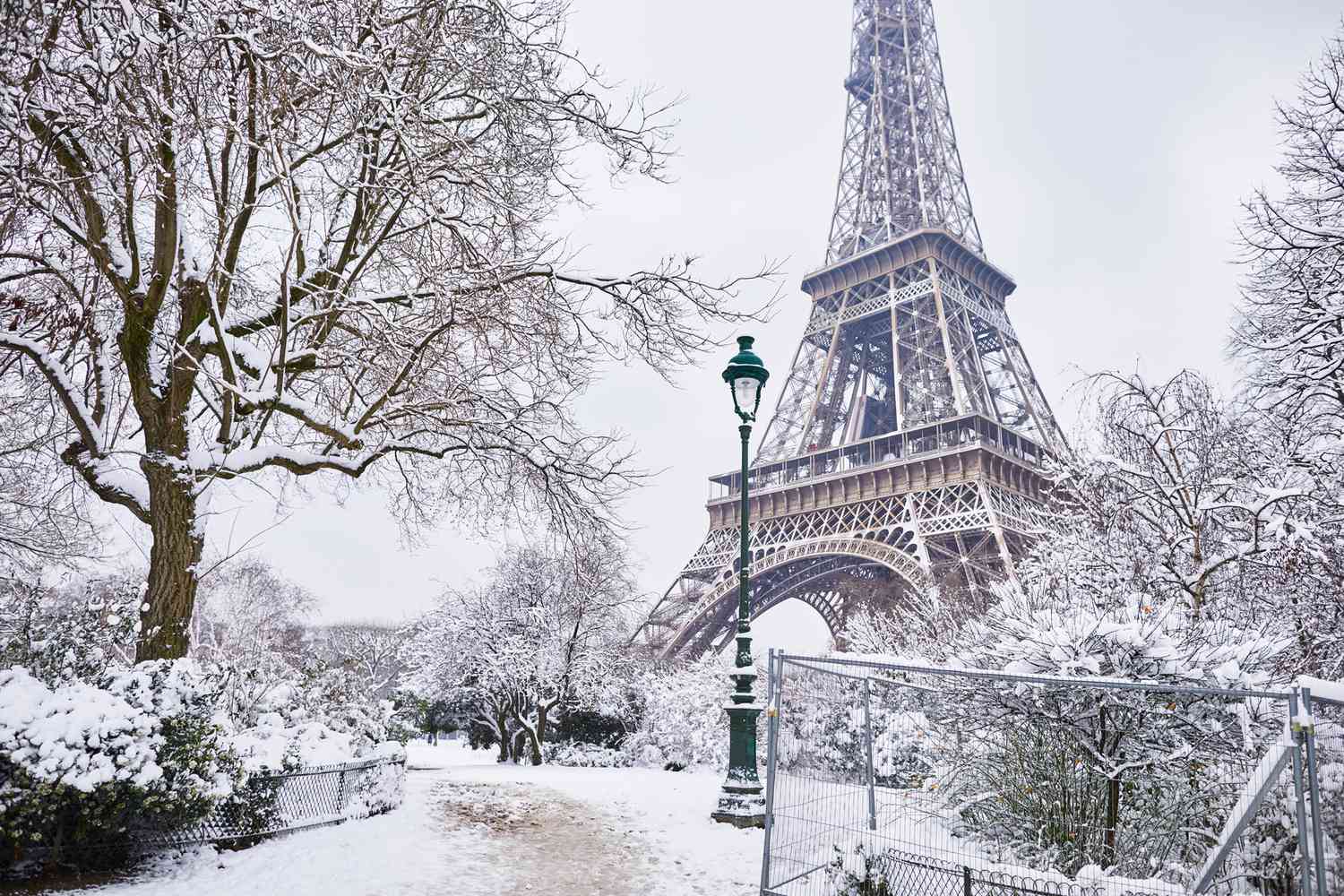
April to June
Spring truly awakens Paris. April brings cherry blossoms, especially in places like Parc de Sceaux and Jardin des Plantes. The average temperature ranges between 12°C and 20°C (54°F to 68°F), making it perfect for outdoor explorations.
In May, the weather turns warmer and the city becomes alive with open-air concerts, art exhibitions, and cultural festivals. Locals and tourists alike flock to the banks of the Seine, sipping wine or enjoying a book under the sun.
June is the pre-summer sweet spot. Warm without being overwhelmingly hot, with just the right amount of tourists. Fête de la Musique—a city-wide music celebration—takes place in June, with musicians performing everywhere from grand stages to neighborhood corners.
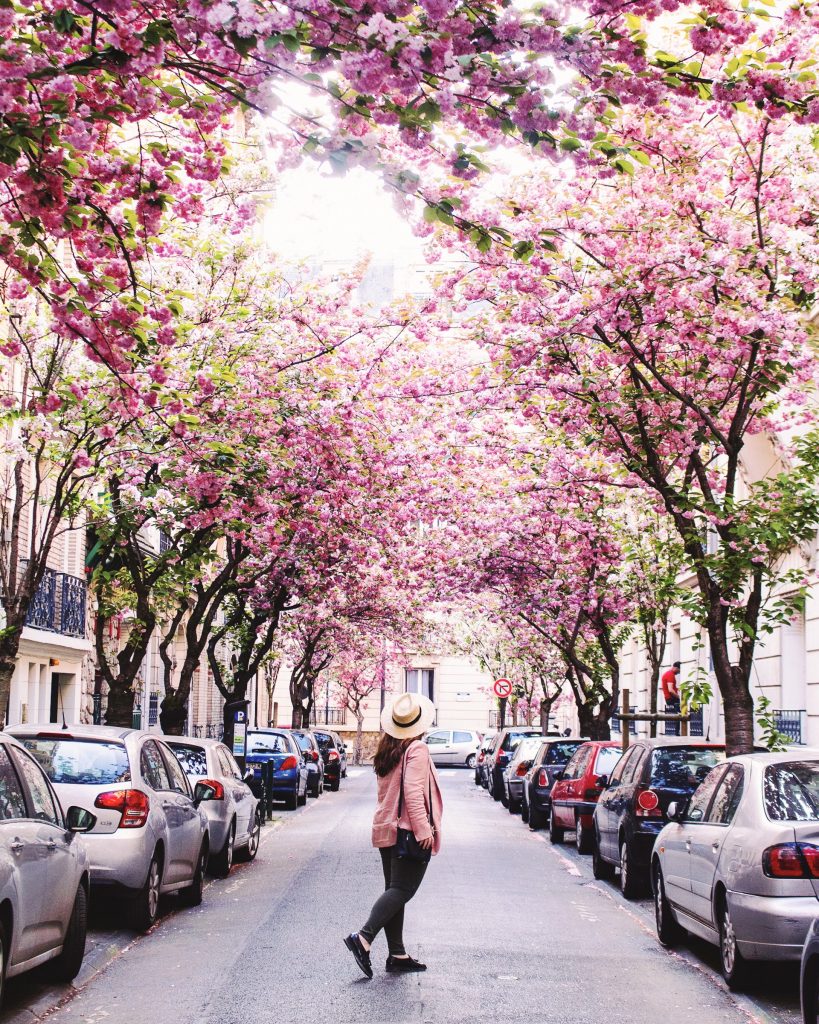
July to September
July is the heart of summer. It kicks off with Bastille Day celebrations—think military parades, Eiffel Tower fireworks, and street parties. Paris is bustling, energetic, and often crowded. While it’s exciting, prepare for long lines and higher costs.
August, on the other hand, is unique. Many Parisians go on holiday, and smaller shops and restaurants may close for the month. However, attractions remain open, and you get to experience a slightly quieter version of the city. Paris Plages (artificial beach setups along the Seine) bring summer fun right into the city.
September signals the return of locals and the start of “la rentrée” (back-to-school and work). The weather cools slightly, making it more comfortable for walking tours and outdoor café hopping. Cultural venues reopen with new exhibitions, and the grape harvest season begins.
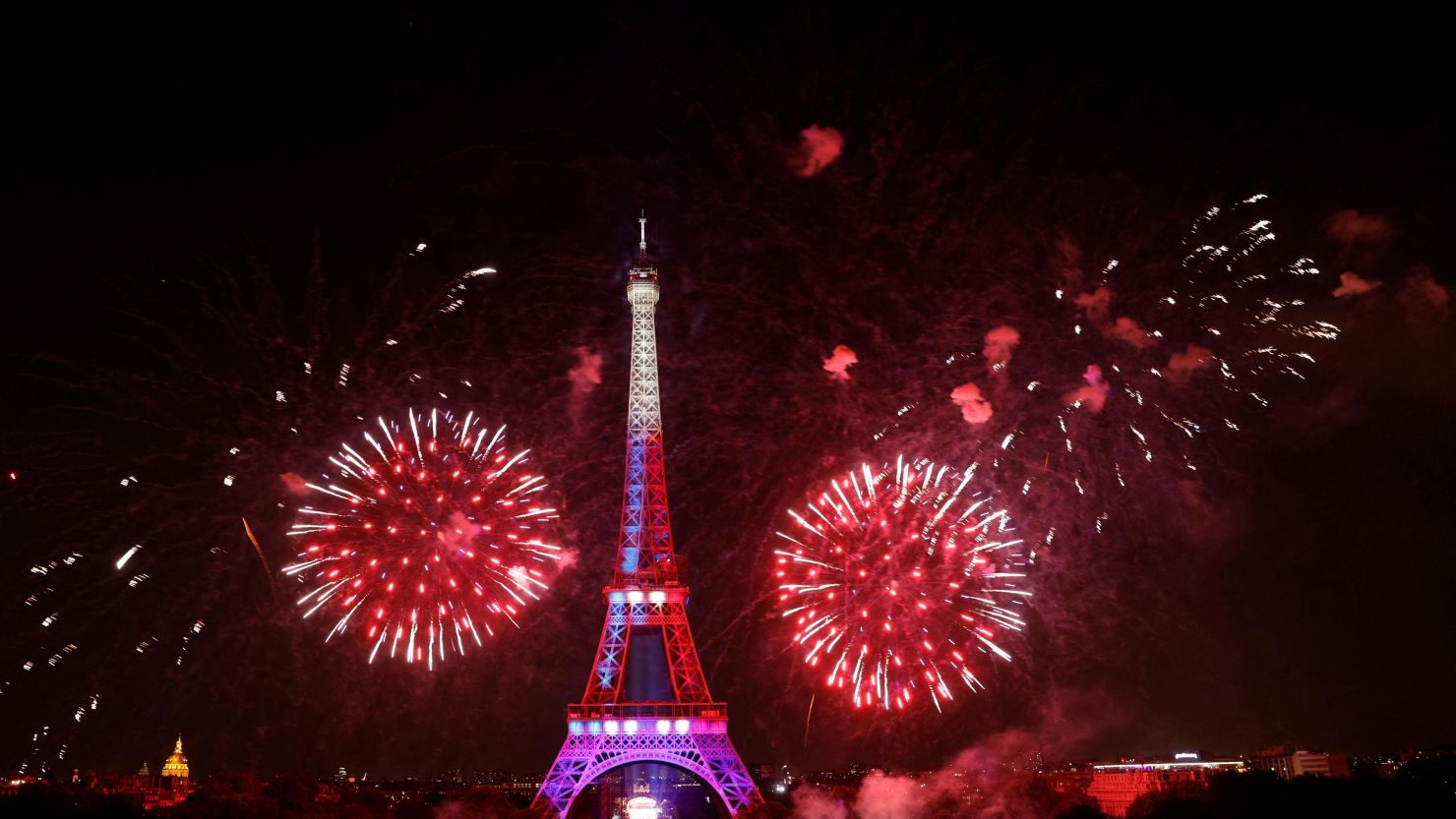
October to December
October brings autumn in full swing. Parks like Bois de Boulogne and Jardin du Luxembourg are awash with red, orange, and gold. The Nuit Blanche art festival lights up the city with overnight installations and performances.
November can be grey and rainy, but it’s one of the quietest months for tourists, making it ideal for museum lovers and introverts. The city starts preparing for the holidays, with early decorations and seasonal menus showing up across bistros and bakeries.
December is pure magic. With Christmas markets, skating rinks, festive windows at Galeries Lafayette, and vin chaud (hot wine) on every corner, Paris turns into a holiday postcard. It’s a popular time for tourists, so booking early is essential.
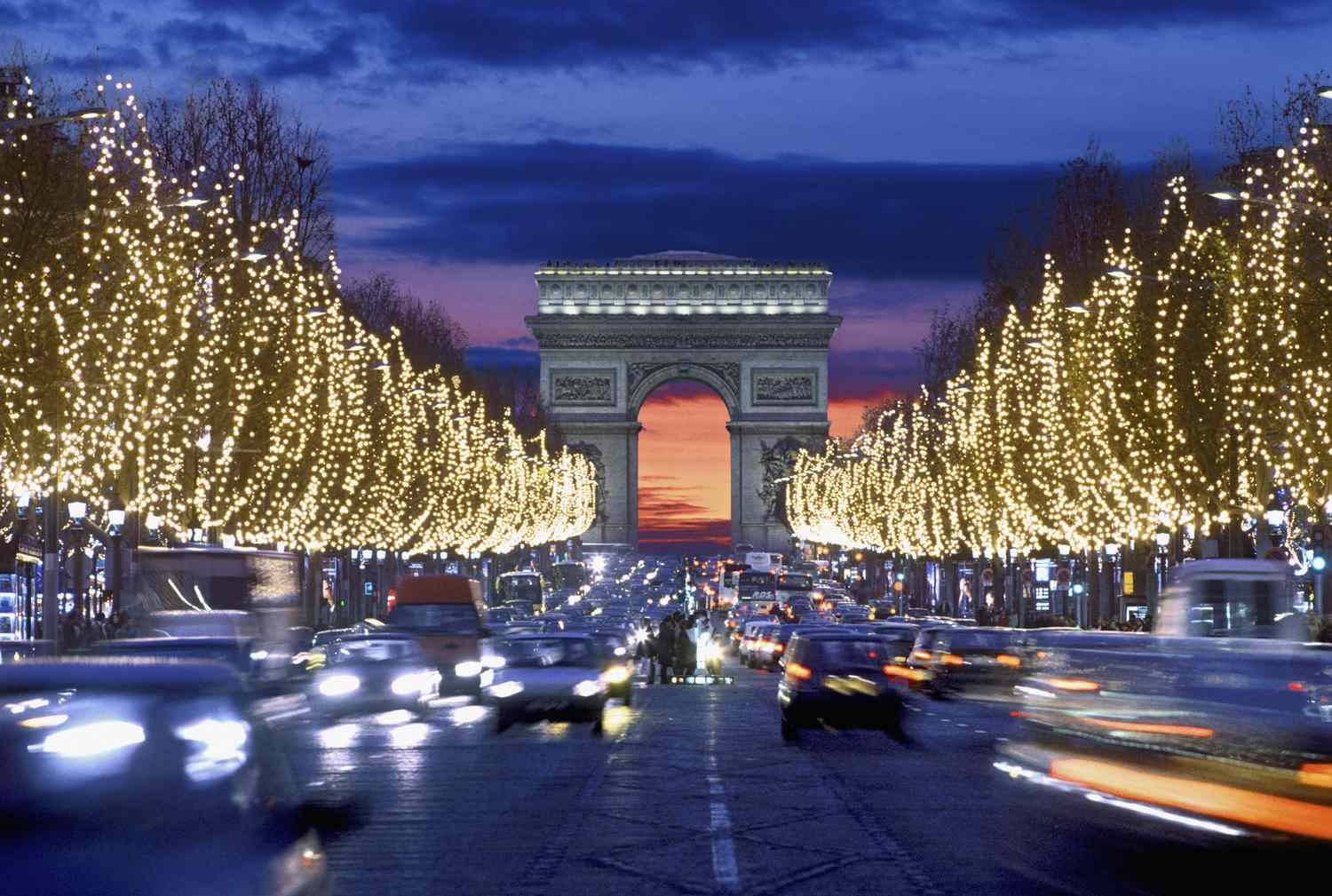
Best Time for Specific Interests
For Romantic Getaways
Paris has been synonymous with romance for centuries, but some seasons offer a little extra spark. Spring and autumn are undoubtedly the most romantic. Picture this: cherry blossoms falling around you as you share a macaron by the Seine, or golden leaves crunching underfoot during a Montmartre stroll.
Hotel prices are also more reasonable compared to summer, making luxury stays more accessible. From river cruises at sunset to candle-lit dinners in tucked-away bistros, these seasons create the perfect ambiance for lovebirds.
Want an engagement, honeymoon, or anniversary that feels like a scene from a movie? Aim for April, May, September, or early October.

For Photography and Sightseeing
If your goal is to fill your camera roll with iconic shots of Paris, timing matters. Spring and autumn offer the best natural lighting, vibrant colors, and manageable tourist levels.
Photographers will appreciate the longer daylight hours in spring and summer, but autumn provides richer colors and deeper contrasts—ideal for dramatic shots. For fewer crowds in your Louvre or Eiffel Tower shots, go in early March or late November.
Landmarks look different in every season. Want a snow-covered Sacré-Cœur? Visit in January. Want the Eiffel Tower surrounded by roses? June is your month.
For Fashion and Shopping
Fashionistas, rejoice! Paris is your runway, but you’ll want to time it right. The biggest fashion weeks happen in January/February and September/October. During these months, the streets are filled with style inspiration, and designer pop-ups and exhibitions are everywhere.
Sales happen twice a year: les soldes d’hiver (winter sales in January-February) and les soldes d’été (summer sales in June-July). These are government-regulated events, with real discounts and deep cuts toward the end of the sales period.
If shopping is your priority, visit during these sale periods—but expect some crowds, especially in places like Galeries Lafayette or Le Marais.
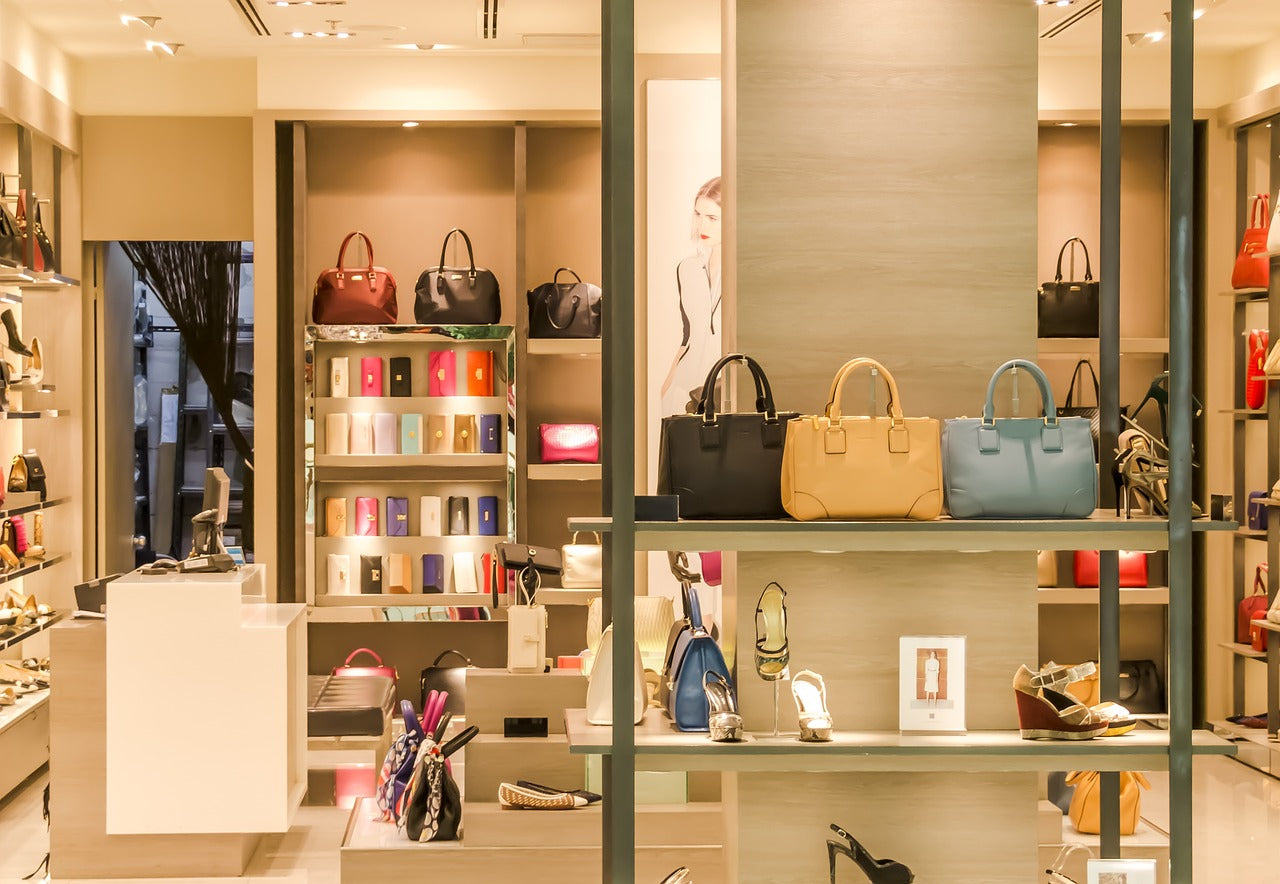
For Art and Museums
Art lovers are in for a treat no matter the season, but some months are better for soaking in the cultural richness without the crowds. Winter (especially January and February) is ideal for museum hopping. With fewer tourists, you can admire masterpieces in peace—no elbowing your way to see the Mona Lisa.
Autumn, particularly October and November, also marks the launch of new exhibitions. The city’s top museums, such as the Louvre, Musée d’Orsay, and Centre Pompidou, rotate major displays, and smaller galleries come alive with local talent.
Want to explore lesser-known gems? Winter and autumn are the perfect time. Places like Musée Jacquemart-André and Atelier des Lumières offer cozy retreats from the cold while immersing you in art and history.
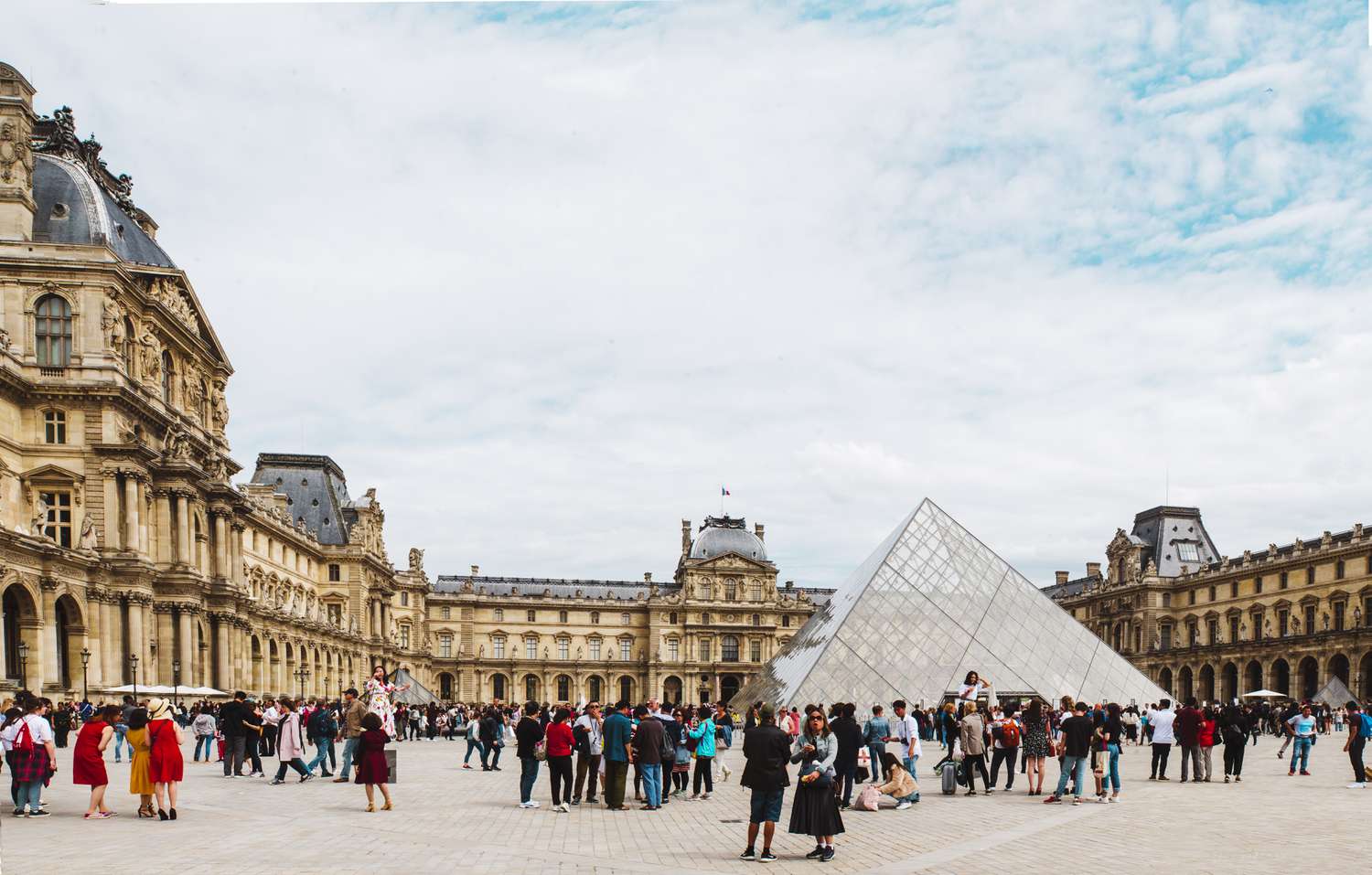
For Budget Travelers
If you’re watching your wallet, timing is everything. January, February, and November are generally the cheapest months to visit Paris. Flights, accommodations, and even some attractions offer discounts during this off-peak period.
Yes, the weather may not be perfect, but the trade-off is worth it. You can often find luxury hotel rooms at mid-range prices, and cozy up with hot wine and crepes rather than sweating in long queues during summer.
Want to enjoy Paris like a local? Traveling in these quieter months means you’ll avoid tourist traps and get to see the authentic rhythm of the city.
Local Events and Festivals Worth Timing Your Trip For
Bastille Day (July)
Bastille Day, celebrated on July 14th, is France’s national holiday and an event like no other. It commemorates the storming of the Bastille prison in 1789—a turning point in the French Revolution.
Paris lights up with military parades down the Champs-Élysées, flyovers by the French Air Force, and spectacular fireworks over the Eiffel Tower. The whole city parties, with dancing, food festivals, and communal joy in every corner.
Want to witness patriotism and festivity rolled into one? Bastille Day is a once-in-a-lifetime experience.
Nuit Blanche (October)
Nuit Blanche, or “White Night,” is an all-night art festival that transforms Paris into a massive open-air museum. It typically occurs in early October, with hundreds of installations, performances, and digital art pieces across the city.
Museums, city halls, bridges, and parks all participate. It’s a playground for art lovers, night owls, and curious minds. Best of all? It’s entirely free.
Whether you’re watching a dance performance under the stars or exploring a surreal light tunnel in a city square, Nuit Blanche delivers a Paris most never see.
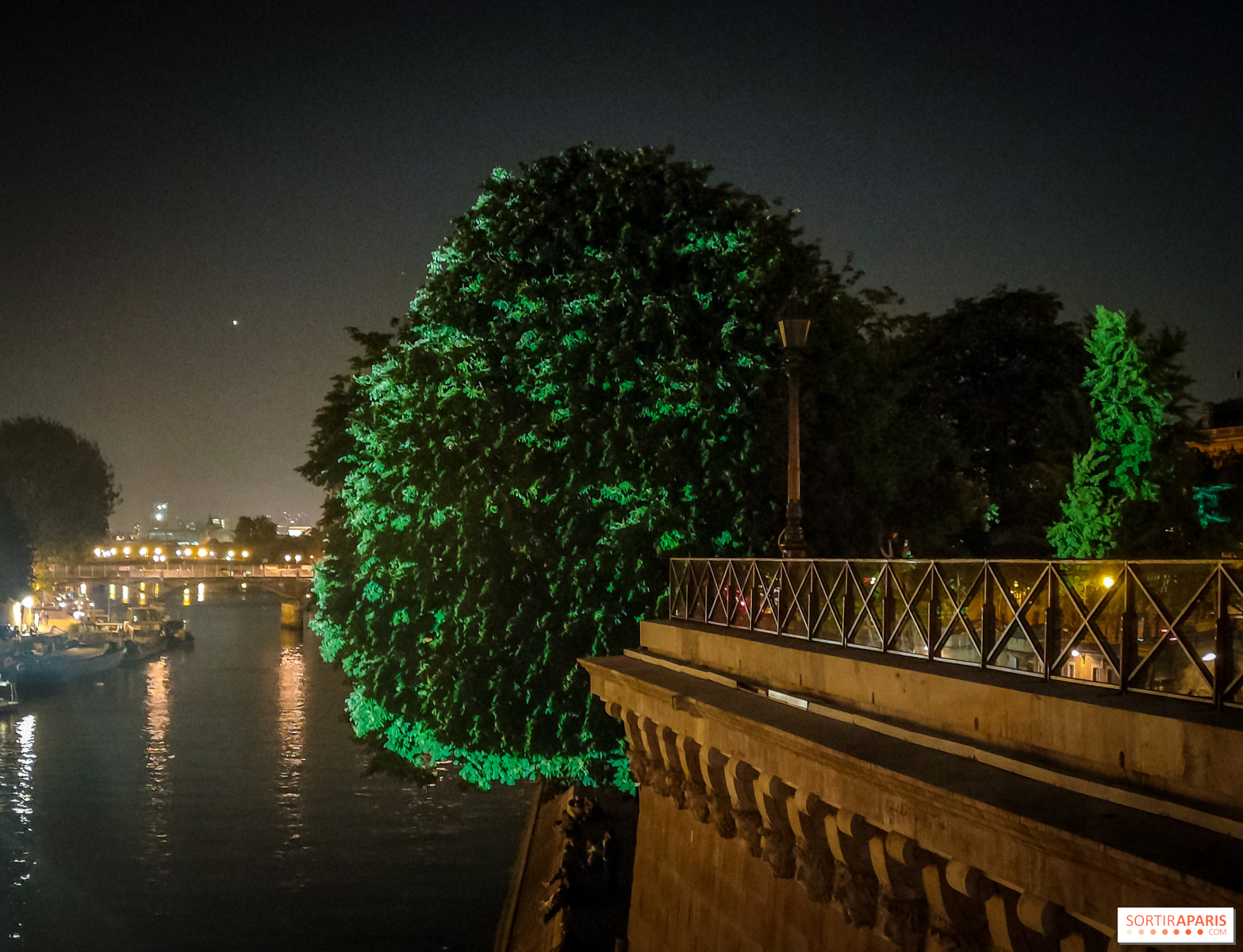
Christmas Markets and Winter Wonderland
From mid-November through December, Paris transforms into a sparkling wonderland. Christmas markets pop up in neighborhoods like Les Halles, Saint-Germain-des-Prés, and near the Eiffel Tower.
Expect hand-crafted gifts, mulled wine, fresh crepes, and a sensory overload of holiday cheer. There’s also the giant Ferris wheel at Place de la Concorde and ice skating rinks across the city.
Galeries Lafayette becomes a destination in itself with its famous holiday window displays and enormous Christmas tree under the stained-glass dome.
Want festive cheer without the tourist chaos of New York or London? Paris in December is your answer.
Crowds vs. Comfort: Finding the Balance
Pros and Cons of Peak Season
Peak season—June through August—offers long days, lively streets, and a full calendar of events. But it comes at a cost. Expect:
- Higher prices on hotels and flights
- Long lines at attractions
- Packed public transport
- Busy restaurants
If you’re okay with crowds and want vibrant city life, summer might be perfect. But for a more relaxed experience, consider the shoulder seasons.
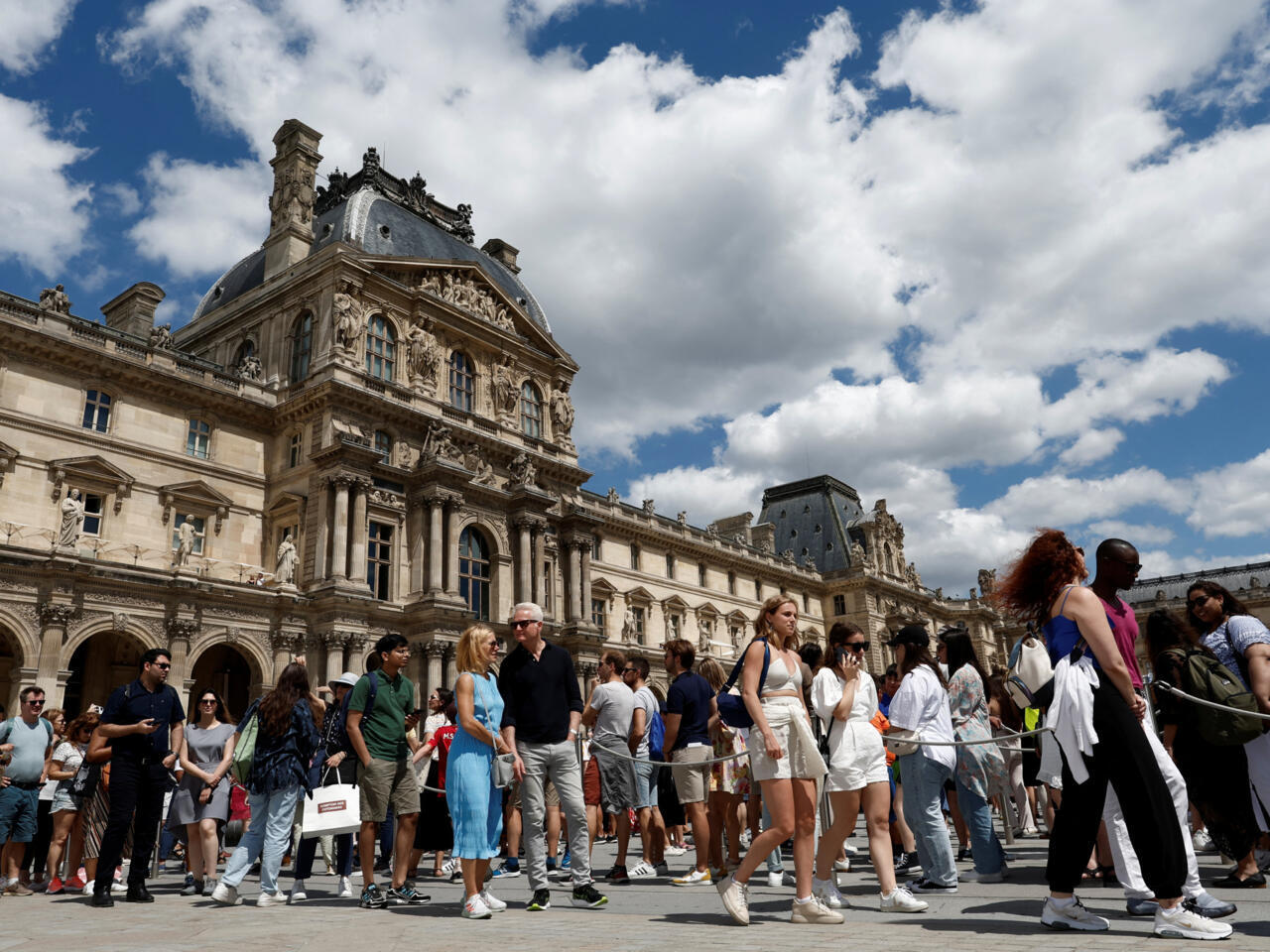
Shoulder Season Benefits
The shoulder seasons—spring (March to May) and autumn (September to November)—are the sweet spot for many. You get:
- Mild weather
- Fewer tourists
- Lower prices
- Authentic local experiences
These periods are ideal for strolling neighborhoods, discovering lesser-known spots, and enjoying Paris without the rush. Many consider April-May and late September the absolute best months to visit.
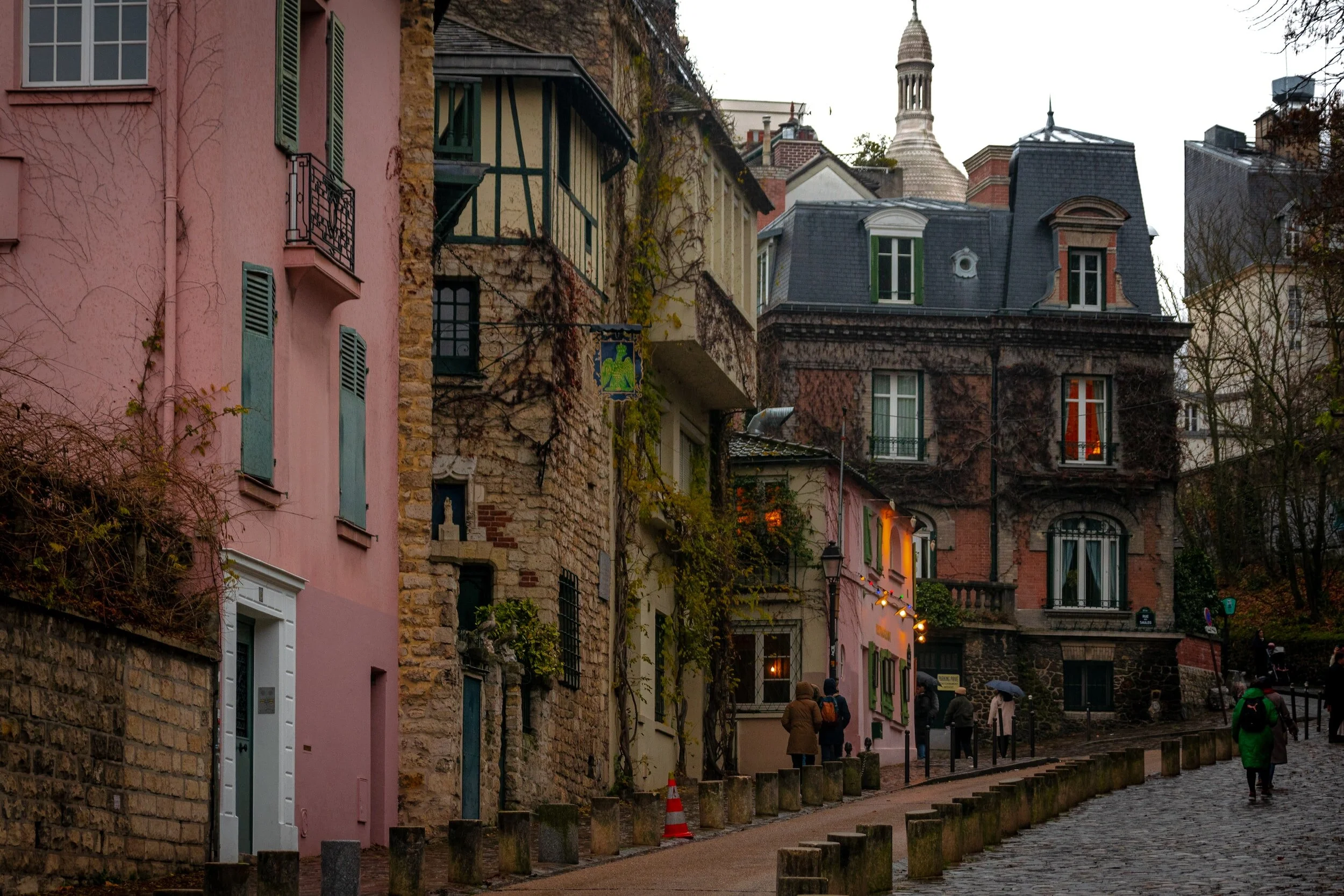
Weather Tips and What to Pack by Season
Spring and Autumn Essentials
For spring and autumn, layers are your best bet. The weather can swing from warm sunshine to chilly rain within hours. Essentials include:
- Light jacket or trench coat
- Waterproof shoes
- Umbrella
- Scarf (very Parisian—and useful!)
Pack comfortable walking shoes, and don’t forget sunglasses for those unexpectedly bright days.
Summer Necessities
Summer in Paris calls for:
- Breathable clothes (cotton, linen)
- Sunhat or cap
- Sunscreen
- Refillable water bottle
- Light dresses or shorts
Public transport can get hot, so dressing cool and staying hydrated is key. Early mornings and late evenings are ideal for exploring.
Winter Warmers
Winter demands warmth. Pack:
- Heavy coat
- Warm boots
- Gloves, hat, and scarf
- Thermal layers
- Travel umbrella
Snow isn’t common, but it’s best to be prepared for rain and wind. The reward? Quiet streets, festive markets, and cozy moments in cafés.
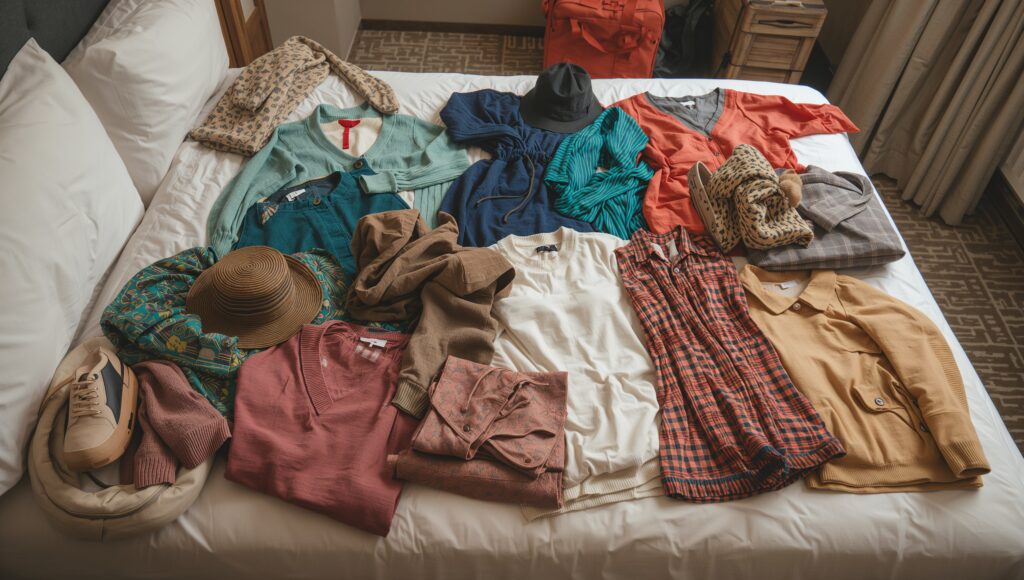
Tips for Booking Your Paris Trip
When to Book Flights and Hotels
Timing your bookings can save a lot of money. For the best deals:
- Book 3-6 months in advance for peak season
- 1-2 months ahead for off-peak travel
- Use incognito mode for flight searches
- Set alerts on travel apps for price drops
Avoid booking during school vacation periods in Europe if you want to save money and skip crowds.
Using Deals and Travel Packages
Consider travel packages that include flights, hotels, and sometimes tours or attraction tickets. Websites like Expedia, Kayak, and Booking.com often offer bundle deals.
Traveling off-season? You might find luxury stays at budget prices. Also, explore Airbnb for longer stays in charming local neighborhoods like Le Marais or Montmartre.
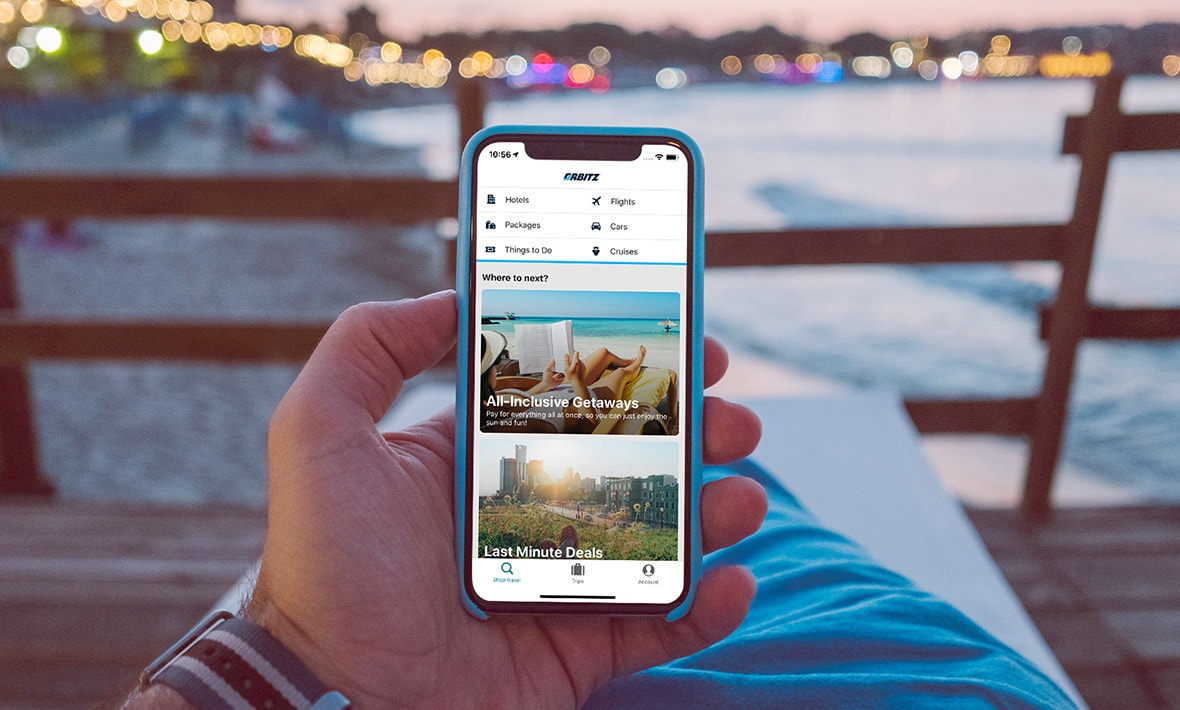
Conclusion: Tailor Your Paris Experience to Your Style
So, when is the best time to visit Paris? The honest answer—it depends on you.
If you’re dreaming of romantic walks, April or October might be perfect. Want festivals, sunshine, and energy? July is your season. Hoping to save and enjoy Paris like a local? Try November or February.
No matter when you go, Paris promises unforgettable moments. From sunlit strolls to candle-lit dinners, every month paints a new face on this timeless city. Choose the season that matches your rhythm—and Paris will meet you with open arms.
FAQs
Is Paris better in spring or fall?
Both are beautiful, but spring offers blooming gardens and fresher air, while fall provides warm colors and a cozy vibe. Choose based on your mood—fresh and bright, or romantic and reflective.
When is the cheapest time to go to Paris?
January, February, and November are typically the cheapest months, with lower flight and accommodation prices.
What month is Paris least crowded?
November tends to be the quietest month, with fewer tourists and more local flavor.
How many days are enough to visit Paris?
Ideally, 5–7 days let you explore major attractions and hidden gems without rushing.
Can I enjoy Paris in the rain?
Absolutely. Rain makes Paris more romantic. Just grab an umbrella, cozy up in a café, and watch the city glisten.
